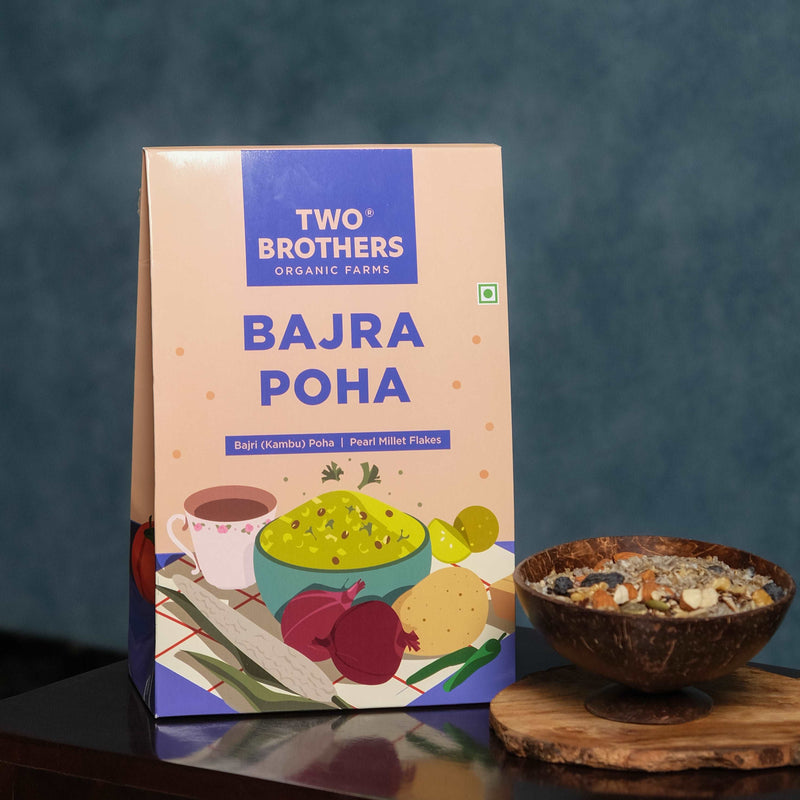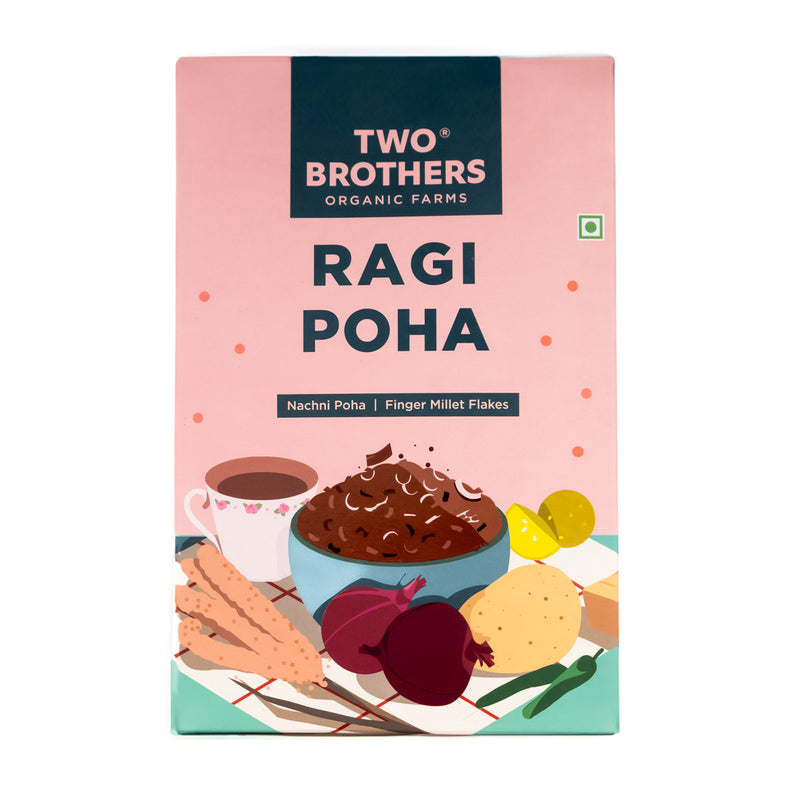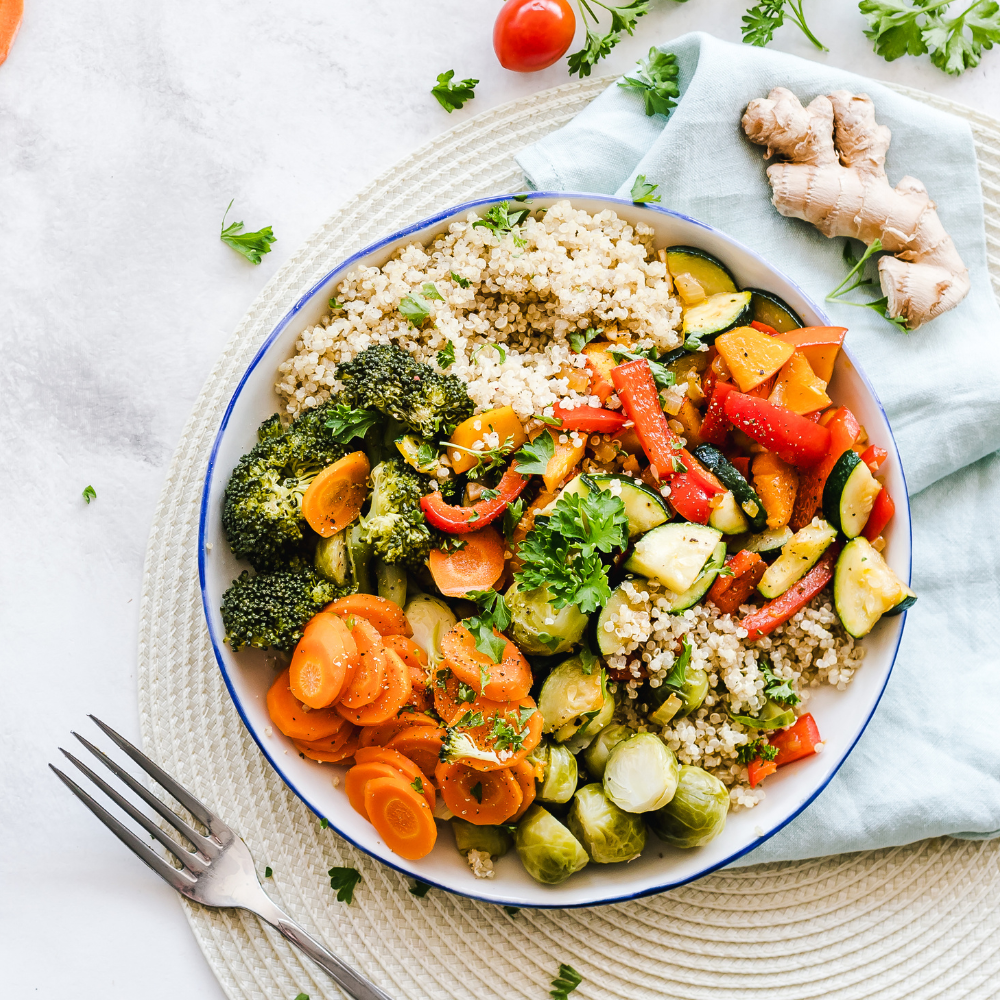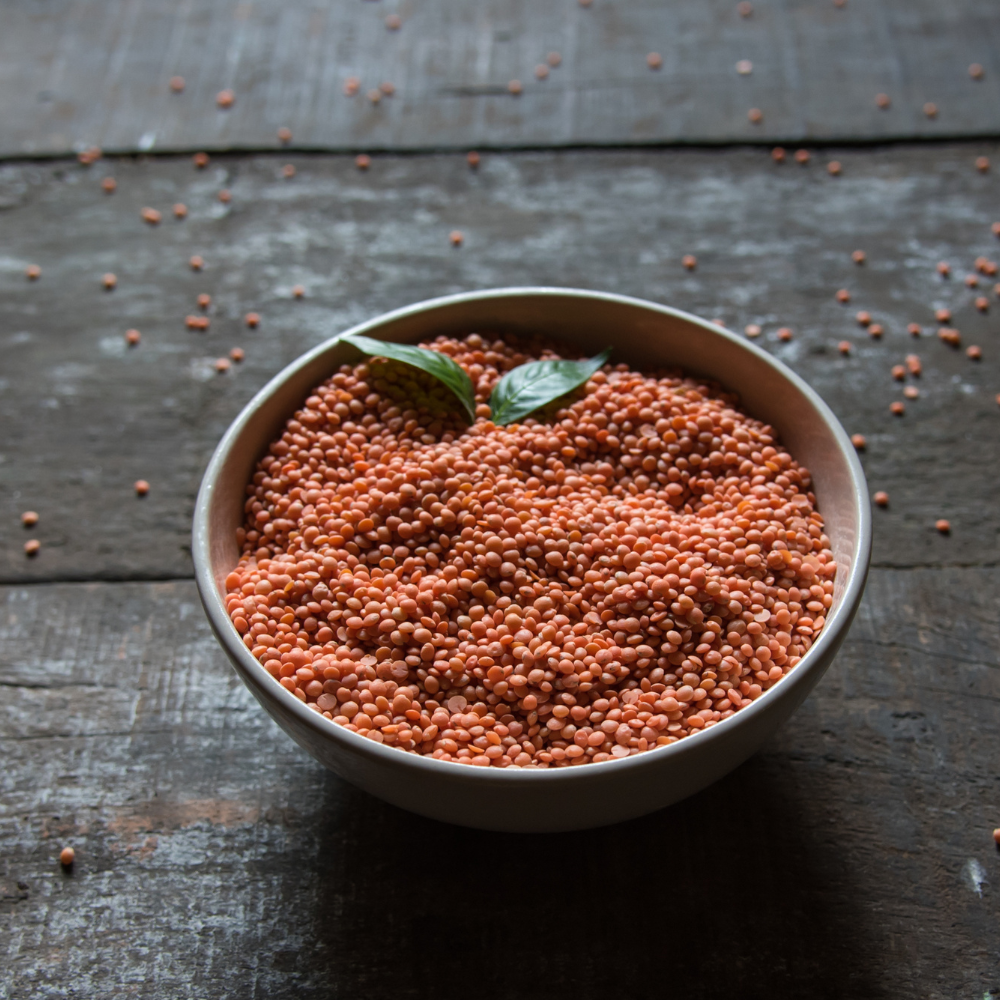Poha, a beloved breakfast choice in India, is a dish that's both comforting and versatile. It's essentially rice that's been parboiled, flattened, and dried into delicate flakes. What makes poha so enticing is that you can mix in a variety of ingredients when cooking it, creating a wide range of flavors and textures. Some poha is thick, while others are thin, and they all bring their own deliciousness to the table. Known by various names, including flattened rice and beaten rice, poha often includes ingredients like onions, potatoes, tomatoes, groundnuts, curry leaves, green chilies, and spices like turmeric and salt for seasoning. It can be both spicy and slightly sweet, making it a delightful breakfast or snack option.
Is Poha Good for Your Health?
Poha isn't just tasty; it also offers several health benefits. Let's take a closer look:
-
Bajra Poha: The Gluten-Free Option
Bajra poha is a gluten-free alternative, making it suitable for those with celiac disease or anyone following a gluten-free diet. Regular consumption of bajra can provide benefits such as weight management, improved diabetes control, and enhanced hair, nail, and skin health. It's also a convenient choice, as bajra flakes are smaller and don't require soaking before use. Incorporating these healthy flakes into your meals can contribute to a well-balanced diet.

-
Ragi Poha: Adding Probiotics to the Mix
Ragi poha or ragi millet flakes, another poha variety, offer not only the benefits of ragi but also probiotics. These flakes provide a healthier twist to your breakfast or dinner. They're a hassle-free alternative to packaged instant cereals and offer a gluten-free, diabetic-friendly option rich in iron, calcium, protein, and fiber.

Poha Calories: Exploring the Nutritional Value of Flattened Rice Poha (Per 100g)
This article delves into the nutritional aspects of poha, also focusing on calories in poha and the overall health benefits it offers.
Poha Caloric Value:
Poha is renowned for being a relatively low-calorie food. On average, 100 grams of dry poha contains approximately 350 calories. However, the calorie count can vary based on factors such as thickness, cooking method, and the addition of other ingredients.
Poha Nutritional Value:
-
Poha packs a nutritional punch with the following values:
-
Energy: 333 kcal
-
Carbohydrates: 76.7g
-
Protein: 6.67g
-
Fiber: 6.7g
-
Sodium: 67mg
-
Iron: 1.2mg
Poha Benefits
Here are some compelling reasons to make poha a part of your diet:
-
Easy on the Digestion
Poha is a light dish that's easy to digest. It won't leave you feeling bloated and can keep you satisfied for longer, making it a good choice if you're aiming to shed excess weight and avoid acidity.
-
A Rich Source of Iron
Poha is packed with iron, crucial for red blood cell production. It's an excellent choice if you're anemic. You can enhance iron absorption by squeezing some lemon juice on your poha.
-
Blood Sugar Regulation
With its high fiber content, poha helps regulate the release of sugar into the bloodstream, preventing sudden spikes. This makes it suitable for those managing diabetes.
-
Probiotic Properties
Surprisingly, poha is a source of probiotics due to its fermentation process, promoting healthy gut microflora. It's also beneficial for weight loss, as the active probiotics can cleanse harmful toxins from the digestive system.
-
A Carb and Energy Boost
Poha contains around 76.9% natural carbohydrates and 23% natural fats, providing ample energy. However, it's wise to consume poha in moderation, as excessive carb and fat intake can lead to unwanted weight gain.
-
Naturally Gluten-Free
For those with gluten allergies or those avoiding gluten intentionally, poha is a guilt-free choice, as it's naturally gluten-free.
-
Rich in B Vitamins
Poha contains significant Vitamin B content produced during its flattening and production process. These B vitamins are essential for energy, cell division, and overall bodily functions, making poha a vital morning addition for those at risk of deficiency.
-
Ideal for Lactose Intolerance
Poha is a safe option for those with lactose intolerance, as it doesn't contain lactase.
-
Magnesium and Heart Health
Poha meets about 13% of your daily magnesium requirement, crucial for nerve function and heart health. It also provides a good amount of potassium, making it suitable for individuals with heart diseases or hypertension.
-
A Weight-Loss Ally
Low in calories and rich in carbs, poha is a good choice for weight loss. Adding vegetables to increase fiber content enhances its effectiveness in aiding weight loss.
How to Make Poha: Quick and Easy Poha Recipe
Want to whip up some poha at home? Here's a simple recipe:
Poha Ingredients:
- 1 cup flattened rice (poha)
- 1 small onion, finely chopped
- 1 small potato, peeled and diced
- 1-2 green chilies, finely chopped (adjust to taste)
- 1/2 teaspoon mustard seeds
- 1/2 teaspoon cumin seeds
- 8-10 curry leaves
- A pinch of asafoetida (hing)
- 1/4 teaspoon turmeric powder
- Salt to taste
- 2 tablespoons cooking oil
- 2 tablespoons fresh coriander leaves, chopped
- 1 tablespoon lemon juice (optional)
- Sev (crispy chickpea noodles) for garnish (optional)
Instructions and Steps to Make Poha
-
Wash the Poha:
Start by rinsing the poha in a sieve under running water for about a minute. Be gentle to avoid breaking the rice. Let it drain and set aside.
-
Heat Oil:
Heat oil in a pan over medium heat.
-
Temper Spices:
Add the mustard seeds and let them splutter. Then, add the cumin seeds, green chilies, and curry leaves. Sauté for a minute or until the spices become fragrant.
-
Sauté Onions and Potatoes:
Add green chilies and chopped onions. Sauté until onions turn translucent. Add diced potatoes and cook until they become tender, stirring occasionally.
-
Add Spices:
Once the onion mixture is ready sprinkle some of the spices like salt and turmeric powder. Mix well.
-
Add Poha:
Reduce the heat to low and add the rinsed poha to the pan. Gently toss everything together until the poha is well coated with the spices. Be gentle to avoid breaking the poha.
-
Garnish:
If you like, garnish with chopped coriander leaves and a squeeze of lemon juice for some extra flavor.
-
Serve:
Your poha is ready to be served hot. You can optionally top it with some sev for added crunch.
Enjoy your homemade poha! You can also explore variations like poha cutlet, poha chivda, poha dosa, bread poha, or poha namkeen for a change of taste.
FAQ’s
What are the benefits of flattened rice?
Flattened rice is rich in carbohydrates, low in fat, and contains essential vitamins and minerals, making it a healthy choice for energy and nutrition.
How much poha is ideal daily?
Poha offers a delightful flavor and a good dose of carbohydrates. If you want to make it even healthier, consider cooking it in olive oil or coconut oil and adding extra vegetables. To boost its satiety factor and protein content, you can also toss in some peanuts. Typically, one bowl of poha is a reasonable portion to include more frequently in your diet.
Is poha good for weight loss?
Absolutely! Poha consists of approximately 75% carbohydrates and 25% fat. What makes it a fantastic choice for those watching their weight is its high dietary fiber content. This fiber helps you feel full and prevents those unwanted, untimely hunger pangs.
Is poha good for diabetics?
Indeed, poha, also known as Flattened Rice, is a favorable option for diabetics. It's less processed compared to white rice and packs in more nutrients like iron, carbohydrates, and proteins. Plus, it's gentle on your stomach and won't cause sudden spikes in your blood sugar levels. It's a safe bet for those managing diabetes.
How is poha made?
The process of making poha involves partially cooking paddy, followed by sun-drying it for hours until it becomes somewhat firmer. After that, it undergoes a thorough pounding and flattening, resulting in the familiar 'flat rice' or poha. The beauty of poha lies in its minimal processing; it's usually left unpolished.
What is poha made of?
Poha is crafted by de-husking rice grains and then subjecting them to a hot water soak for about 45 minutes. Afterward, they're dried, roasted, and flattened using rollers. You'll typically find poha in thin, medium, and thick varieties.
Is poha gluten-free?
Yes, poha is naturally gluten-free. It's an excellent choice for those with gluten sensitivities or celiac disease.
What is poha called in english?
Poha doesn't have a native English name, as it's not originally from English cuisine. However, during encounters between Anglo-Indians, it acquired the moniker "flattened rice."
How much protein does poha contain?
For every 100 grams of poha, you'll find about 7 grams of protein, making it a reasonable protein source.
Does poha cause acidity?
No need to worry about acidity with poha. It's generally gentle on the stomach and doesn't trigger acidity issues.
Can you enjoy poha late at night?
Absolutely! Whether it's nighttime or any other time of the day, poha is a safe bet. It won't disrupt your sleep or lead to unwanted weight gain; in fact, it can even assist you in your weight loss journey. So, feel free to savor it whenever your cravings strike.
What are the poha benefits for skin?
Poha, or flattened rice, is a good source of carbohydrates and iron. It also contains vitamin B, which is beneficial for skin health. Including poha in your diet can help improve skin texture and promote a healthy glow.










